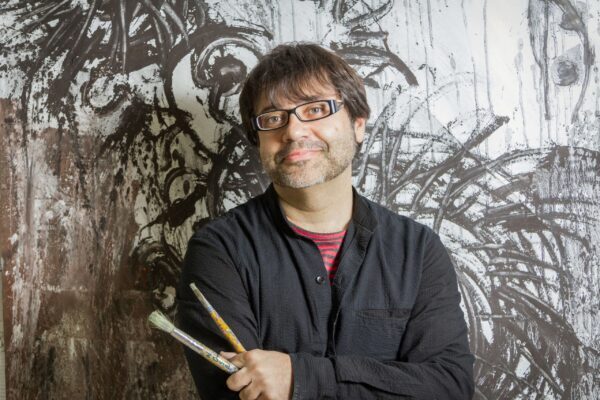Early Path and Local Roots
In the heart of Milwaukee’s scientific community, Neal Korfhage stands as a rare example of a living scientist recognized not just for past contributions, but for ongoing, hands-on involvement in the field. His career is rooted locally — shaped by Midwestern values, anchored in public education, and focused on accessible science.
Raised in Wisconsin, Korfhage developed an early interest in the natural world. His academic path led him through Milwaukee’s public institutions, where he gradually transitioned from student to educator and then to practitioner. For more than two decades, his presence in community labs, public outreach events, and classrooms has quietly made an impact.
A timeline doesn’t quite capture the texture of his work. It’s less a series of milestones, more a consistent presence. Field projects. Youth lectures. Quiet evenings spent refining experiments at local science hubs. That’s the rhythm.
Core Developments / What Happened
Neal’s work spans environmental science, biology, and community education. While he has not sought publication in high-impact journals or national recognition, his approach centers on local applicability and civic engagement.
He is particularly known for his involvement in educational initiatives designed to demystify science for young people in Milwaukee. He has led interactive workshops on freshwater ecosystems, run experiments with students using equipment sourced from public school donations, and mentored high schoolers through independent science fair projects.
In community labs, Korfhage focuses on replicable experiments — ones that can be adapted to school curricula or home setups. These include low-cost testing methods for water quality, plant growth trials, and demonstrations of renewable energy principles using everyday materials.
He’s also helped launch several neighborhood-based projects. One example: a backyard data collection program where residents logged air quality over six months using homemade sensors. The results weren’t peer-reviewed. They weren’t meant to be. The value was in participation — and in the questions it sparked.
Background
Korfhage’s path is not traditional in the academic sense. He earned his degree in environmental biology from a local university and chose to stay in Milwaukee rather than pursue graduate studies elsewhere. That decision shaped everything that followed.
He began his career as a science educator in public middle schools. It was there, among budget cuts and overfilled classrooms, that he started to craft a philosophy: science should not be reserved for institutions. It should be portable, teachable, and personal.
This view informs his teaching style — stripped of jargon, rooted in observation, and always tied to the local environment. Whether explaining pH levels in stormwater or illustrating plant adaptation in a nearby park, he works with what’s tangible.
Looking Ahead: Quiet Plans in Motion
Neal’s future plans remain grounded in community. He has recently begun developing a new program aimed at senior citizens — an intergenerational learning circle where retirees explore environmental questions alongside students. Sessions are informal. Discussions drift. But learning happens.
There’s also talk of a mobile lab — a converted trailer equipped with microscopes and sensors, to be parked in schoolyards and festivals. The funding is uncertain. The energy is not.
Key Points
- Focus on science in Milwaukee and local engagement
- Work includes public school outreach, community-based experiments, and citizen science
- Emphasis on accessibility, not prestige
- Advocates for hands-on, real-world learning without technical barriers
- Avoids media attention; prefers grassroots impact
Style and Presence
He doesn’t give lectures from a podium. He builds them from a picnic table. His tools are often borrowed or built. His notebooks are filled more with field observations than citations. Still, his work leaves an imprint — not through citation counts, but through continued relevance.
Neal’s approach is steady — not revolutionary, not viral, not headline-worthy. But it sticks. Students remember. Neighborhoods shift. A few minds open, and sometimes, that’s enough.

